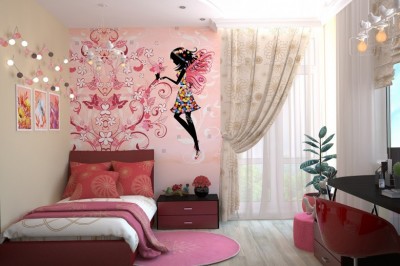How to Make Victorian Lamp Shades
Copyright 2006 Candy Arnold During the Victorian era lighting was primarily from gas. But with Edisons improved design of the incandescent light bulb in 1879, electric lighting began replacing gas lighting in Victorian homes. This change became the catalyst for a variety of lamp shades made to shield the glaring light bulbs. Elegant shades graced table and floor lamps as well as crystal chandeliers imported from Europe. And the electric light bulb enabled fine work to be sewn at night usually under a parlor bridge lamp. Today the tradition of hand-sewn lamp shades continues and here are tips and sewing techniques from the experts. When buying or recovering a lamp shade today, keep the design of the lamp base in mind. Curved shades compliment curved lamps and angular shades normally work best with angular lamps. Shade frames are available for lamp bases with harps, bridge lamps, floor lamps with glass bowls, chandeliers, headboards, night-lights and more. Shade frames can usually be recovered or new ones purchased. An antique frame is stripped, covered with rust-retardant and recovered. Over the years, a large variety of styles were designed. Interesting, all the frames have names. Since flowers played such an important role in the Victorian decorating scheme, many have names such as Tulip and Daffodil. The frame is then wrapped with cotton twill tape to enable the maker to sew the fabric onto the metal. Wrapping with the correct tension is an art that either results in a quality product or a shoddy piece. The intricate patterns made by the joining of the metal wires create small ?windows?. Each window (panel) is lined with satin, silk or other beautiful fabrics. While quality domestic fabrics are often used today, many individuals choose imported fabrics similar to those in fine Victorian homes. One of the most popular special effects is the ?rosette?. Here again the flower theme is repeated with sewing techniques that result in rose-like puffs. Usually they are combined with pleating or shirring that finishes the look. Another method is ?fan pleating? ? a pattern that is reminiscent of the fans used by Victorian ladies to cool themselves. Lace or burn-out velvet are often sewn on adjoining panels. The shade is finished with braid, lace, ribbon and specialty trims. The finishing trim is applied either by sewing or with hi-tech bonding agents (not hot glue). Fabulous hand-dyed fringe or sparkling beads and matching tassels for pull chains complete the finishing touches. A quality hand-sewn lamp shade given the proper care will last for many years. ------ Candy Arnold began designing home interiors in Dallas, Texas in 1975 where she and her husband built custom homes. A demand for unique furniture and lighting accents led to Candys interest in Victorian furnishings. She has been designing and sewing traditional Victorian, antique and vintage lamp shades ever since. Candy now lives with her family in the Tri-Cities, Washington. If you would like to purchase a "new" Victorian lamp shade or have an antique shade recovered, visit http://www.accentshade.com



















